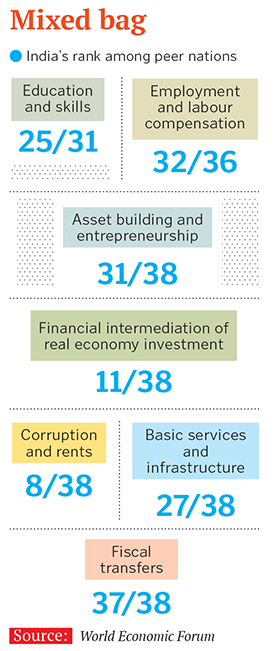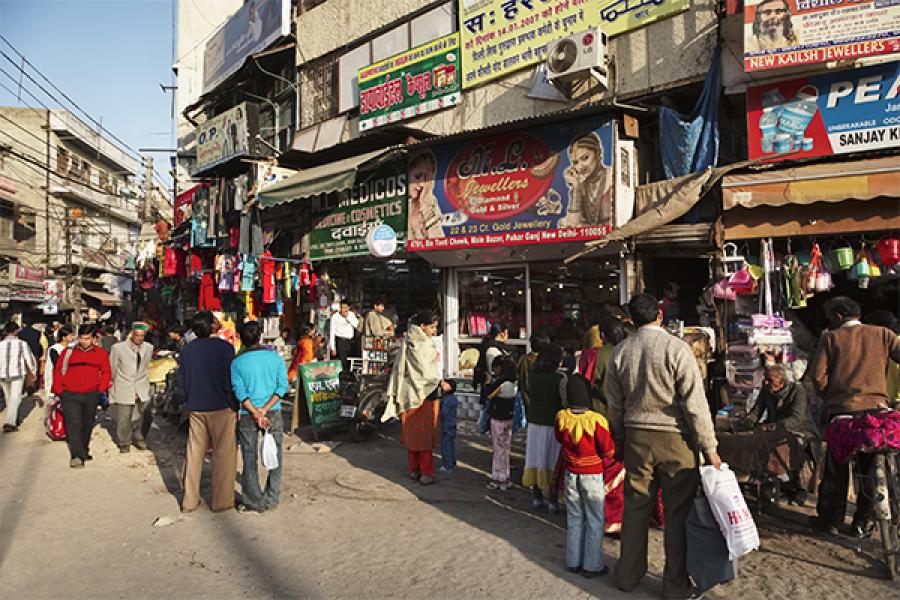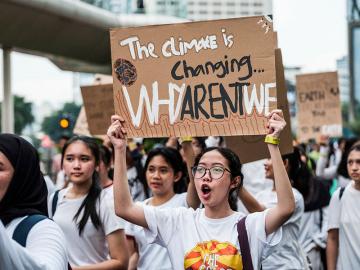
India yet to embrace inclusive growth: World Economic Forum report
A World Economic Forum report ranks India abysmally low on various parameters
Its inefficacy in addressing wealth and income disparity means that India has yet to embrace inclusive growth and development for all its citizens. The country ranks on the lower end of most parameters, be it access to education, sanitation, health coverage and infrastructure. It does, however, fare better on business and political ethics.
These are some of the findings of the World Economic Forum (WEF) in its ‘Inclusive Growth and Development Report 2015’, which analysed data from 112 countries and was published on September 7.
India mostly ranked in the bottom half of the 38 countries that comprised the report’s ‘lower middle income bracket’, which included Egypt, Ghana, Ukraine, Iran and Nigeria, among others. This category identifies countries that have enough income to lift much of the population above subsistence level, but are still struggling to do so.
 India ranked 37th out of 38 countries in fiscal transfers, 36th in social protection and 38th (at the bottom) in small business ownership.
India ranked 37th out of 38 countries in fiscal transfers, 36th in social protection and 38th (at the bottom) in small business ownership. The World Economic Forum noted that one of the reasons for its poor performance is that India under-exploits the use of fiscal transfers. “Its income tax is regressive and social spending remains low, which limits accessibility of health care and other basic services. Sanitation continues to be a problem across the board,” the report says.
This is the first time that the WEF has undertaken such a study, which it conducted over the last two years. Other categories that countries fall into (apart from the ‘lower middle income bracket’) are ‘advanced’, ‘upper-middle income’ and ‘lower-income’. Through this exercise, WEF aims to understand how countries can make use of policy incentives and institutional mechanisms so that all its citizens can enjoy the benefits of economic growth without dampening incentives to work, save and invest.
The report noted that India must take further action to ensure that the growth process is broad-based in order to expand a small middle class and reduce the share of population living on less than $2 a day (many of them in poverty despite being employed). For instance, educational enrolment rates are relatively low across all levels, and quality varies greatly, leading to notable differences in educational performance among students from different socioeconomic backgrounds. “While unemployment is not as high as in some other countries, the labour force participation rate is low, the informal economy is large, and many workers are in vulnerable employment situations with little room for social mobility,” it noted Sanjeev Krishan, leader, private equity at PwC India, identifies the country’s huge population (approximately 1.2 billion) as the biggest hurdle. But he argues that while inclusive growth is a challenge, “it would be unfair to rate the nation on parameters set on the basis of other economies that have had several intrinsic advantages”. “Inclusive growth is a challenge for high population nations like ours,” he says. “For a meaningful discussion on India, one needs to understand class dynamics as well.”
But it’s not all doom and gloom: India scored well in terms of access to finance for business development and real economy investment, though new business creation continues to be held back by the large administrative burden of starting and running companies, corruption, and underdeveloped infrastructure. India ranked 12th in ‘business and political ethics’ and 11th on the ‘financial intermediation of real economy investment pillar’, which indicates that capital invested in the economy typically gets directed for productive purposes. India was ranked eighth in the ‘financial intermediation of business development’ parameter.
The report says that all countries mentioned in the study are failing to exploit opportunities to reduce income inequality without harming growth. “The most appropriate approach to be taken by countries will depend on their specific circumstances. However, our analysis shows that all countries have room for improvement for placing their economies on a more inclusive growth path,” said Jennifer Blanke, chief economist at the World Economic Forum.
(This story appears in the 02 October, 2015 issue of Forbes India. To visit our Archives, click here.)
-
 A K Mani
A K ManiThe liberalisation of indian economy has only helped a small minority of people in India. It has not brought about the supposedly inclusive growth of the general public. One can observe this when one travels in India away from the urban centres and the capital cities. It is important to ensure that the vast majority of rural population gets their due share of the benefits of economic liberalisation. Only then can one call India a developing nation.
on Sep 22, 2015
















